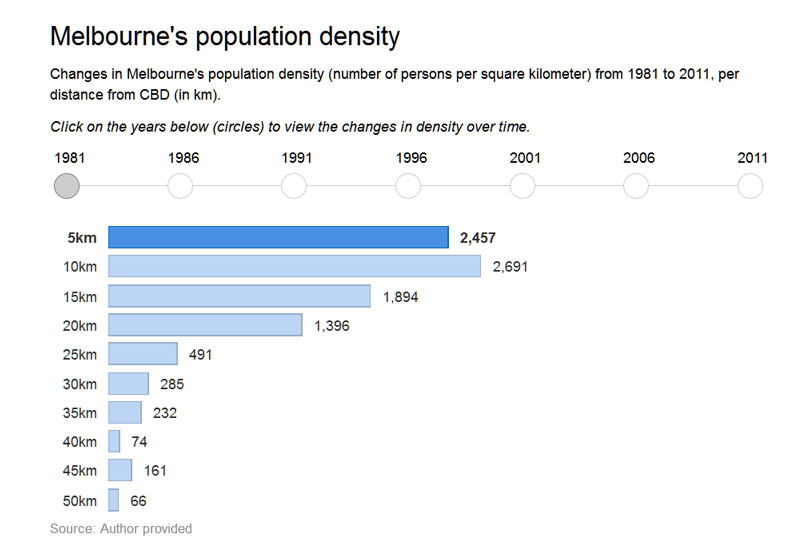The financial crisis and its aftermath have taught us that it is unlikely any of Wells Fargo’s senior executives will face criminal charges. The reasons for this are numerous, but essentially prosecutors have a hard time identifying criminal intent within the upper ranks of bank management.
At the very least, don’t Wells Fargo’s customers have a reasonable expectation that executives who profited off their misfortune be required to return some of their ill-gotten gains?
The good news is that in April, U.S. regulators released a proposed rule requiring financial institutions to do just that. Unfortunately for fraud victims seeking a pound of flesh from Wells Fargo executives, the rule is not scheduled to be finalized until November, although the bank claims to be in adherence with the proposal’s main provisions.
Nonetheless, I thought it would be interesting to examine the text of the proposed incentive-based compensation rule through the lens of the Wells Fargo situation to try and understand its potential implications.
Cultural failure
On the surface Wells Fargo’s fraud appears to be an all-too-familiar case of cultural failure within a big financial institution. Apparently CEO John Stumpf disagrees.
In a Wall Street Journal interview shortly after the story broke, Stumpf refused to admit any institutional failure at the bank, claiming the behavior of the terminated employees “in no way reflects our culture nor reflects the great work the other vast majority of the people do.”
If Stumpf thinks that over 5,000 unethical people just so happened to find their way to Wells Fargo, he may want to rethink the company’s hiring practices.
Thus far the company has declined to say how many branch, regional or corporate managers were among those let go. The initial readout seems to be that most of those dismissed were low-level branch employees – hardly your typical Wall Street villains.
The spotlight has now turned to senior managers, and what they did or did not know. It is shining brightest on Carrie Tolstedt, who has run Wells Fargo’s community banking division since 2008 and is set to retire at the end of the year. Tolstedt appears to have profited handsomely from the sales practices in question.
A 2015 company filing indicates that part of Tolstedt’s 2014 inventive compensation award of roughly $8 million stems from:
“success in furthering the company’s objectives of cross-selling products from other business lines to customers, reinforcing a strong risk culture and continuing to strengthen risk management practices in our businesses.”
It now appears that cross-selling products and strengthening risk management were competing objectives.
Clawing back compensation
As noted earlier, Wells Fargo says it’s already in compliance with the main provisions of the proposed rule.
Specifically, in a recent filing, the bank claims:
“Wells Fargo has strong recoupment and clawback policies in place designed so that incentive compensation awards to our named executives encourage the creation of long-term, sustainable performance, while at the same time discourage our executives from taking imprudent or excessive risks that would adversely impact the Company.”
This means the bank can cancel, or claw back, any incentive-based executive compensation, such as deferred bonuses or stock options, from executives who engaged in misconduct or who received such compensation based upon materially inaccurate information, “whether or not the executive was responsible.”
Thus far the company has given no indication it intends to claw back any of Tolstedt’s compensation, although pressure from the public and regulators may soon change this.
The proposed rule
So let’s imagine the new incentive-based compensation rule was already in place and consider how it would work.
The rule’s most stringent requirements apply to “level 1” financial institutions like Wells Fargo with over $250 billion in consolidated assets. Its provisions cover all employees who receive incentive-based compensation, with enhanced requirements for individuals referred to as senior executive officers and significant risk takers.
As head of a major business line, Tolstedt would qualify as a senior executive officer, and her compensation would be subject to:
- higher minimum deferral requirements – the percentage of incentive-based compensation that cannot be cashed in until the passing of a specific amount of time (meant to encourage long-term thinking);
- forfeiture of “unvested” compensation (that is, compensation that has been awarded but has yet to be fully transferred to the employee); and
- clawbacks for so-called vested compensation that has already been transferred to the employee.
Since Tolstedt is retiring soon, the rule’s minimum deferral requirements are less relevant here. But for past performance periods, unvested compensation could be forfeited and vested pay could be clawed back.
Even if one generously assumes Tolstedt was unaware of the fraud taking place, she was still likely responsible for setting the sales goals and compensation structure that incentivized so many employees to defraud customers. Indeed the firm’s own filings with the SEC seem to confirm this. Using these assumptions and applying the text of the proposed rule, it is clear that nearly all of her unvested incentive-based compensation could be forfeited, and her vested compensation could also be at risk of being clawed back.
The proposed rule identifies several types of events that would require covered firms to initiate a forfeiture review. Those most relevant in the Wells Fargo situation include:
- inappropriate risk-taking, regardless of the impact on financial performance;
- material failures of risk management or control; or
- noncompliance with statutory, regulatory or supervisory standards that results in enforcement or legal action against the covered institution brought by a federal or state regulator or agency.
The proposal leaves it to the firm to determine the amount to be forfeited, provided it can support its decisions.
The standards that trigger a review of whether vested compensation should be clawed back are higher (though firms can loosen them). Such situations include a senior executive officer engaging in misconduct that results in significant financial or reputational harm to the institution, fraud or intentional misrepresentation of information used to determine the employee’s incentive-based compensation.
Based on the facts as we currently know them, it would be difficult to prove Tolstedt met the rule’s clawback criteria, since it’s not known if she actually engaged in the fraud herself. If she had, all of the incentive-based compensation that had vested since the fraudulent activity began would be subject to being clawed back.
‘Standard-bearer of our culture’
Assuming the rule was currently in effect, and Wells Fargo was adhering to it, how much would Tolstedt stand to lose?
This is almost impossible to determine given that she has worked at the firm for 27 years, we don’t know how long the fraudulent activity went on for, publicly available information on her compensation is limited and the rule leaves it up to the firm to determine the dollar amount that is forfeited and/or clawed back.
The Consumer Financial Protection Bureau’s Wells Fargo ruling indicates the “relevant period” lasted from Jan. 1, 2011, to Sept. 8, 2016. Over that time frame, Tolstedt received at least $36 million in incentive-based compensation, compared with $8.5 million in base salary.
Under the terms of the proposed rule, Wells Fargo would be able to get back at least half of the $36 million. If Tolstedt was found to have known about the fraud taking place within her division, they could likely get it all back.
When the firm announced in July that Tolstedt would be retiring at the end of the year, Stumpf referred to her as a “standard-bearer of our culture” and “a champion for our customers.” At the time, the firm was winding down its five-year employee purge.
Knowing what we know now, Stumpf could have easily fired her and attempted to claw back a significant amount of her pay. Instead he chose loyalty to a long-time employee over loyalty to his customers. Next time that choice may be off the table.
Author: Lee Reiners, Director of Global Financial Markets Center, Duke University













